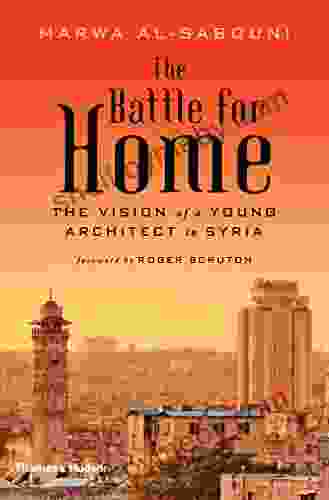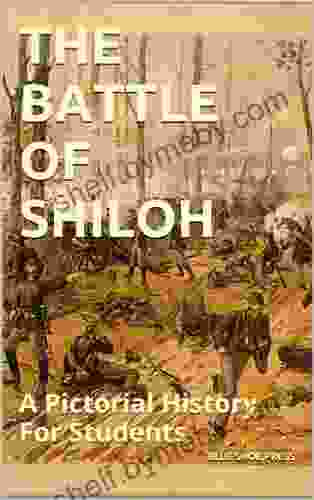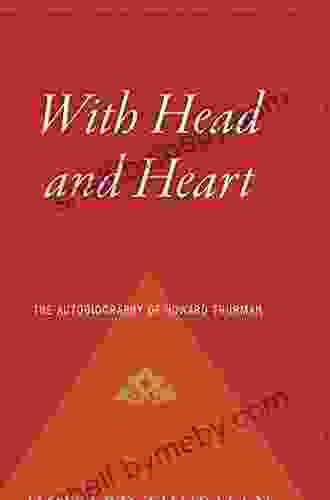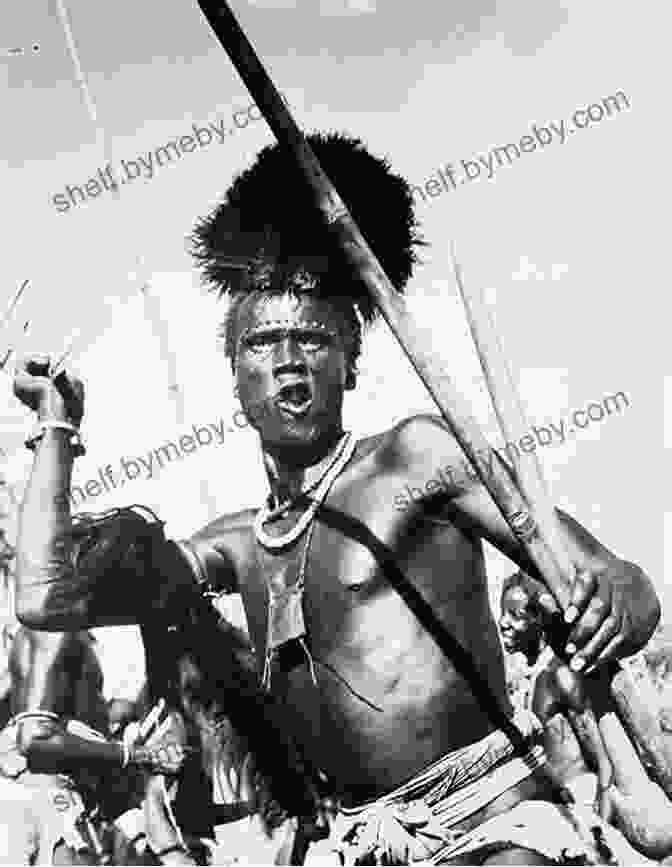
4.6 out of 5
| Language | : | English |
| File size | : | 1636 KB |
| Text-to-Speech | : | Enabled |
| Screen Reader | : | Supported |
| Enhanced typesetting | : | Enabled |
| Word Wise | : | Enabled |
| Print length | : | 338 pages |
Eliot Elisofon was an American photographer who spent much of his career documenting the people and cultures of Africa. His work is celebrated for its beauty, sensitivity, and insight, and has played a significant role in shaping our understanding of Africa. This book presents a selection of Elisofon's most iconic photographs from his travels in Africa, accompanied by essays from leading scholars on African art and culture.
Elisofon's photographs capture the extraordinary diversity of African life, from the bustling streets of Cairo to the remote villages of the Sahara. He photographed traditional ceremonies and rituals, as well as the everyday lives of ordinary people. His work is full of empathy and respect, and reveals a deep understanding of the African cultures he encountered.
The essays in this book explore the significance of Elisofon's work in the context of African art and culture. They discuss the ways in which his photographs have shaped our understanding of Africa, and the role they have played in promoting African art and culture around the world.
This book is a valuable resource for anyone interested in African art and culture, or in the work of Eliot Elisofon. It is a beautiful and informative book that celebrates the richness and diversity of Africa.
About Eliot Elisofon
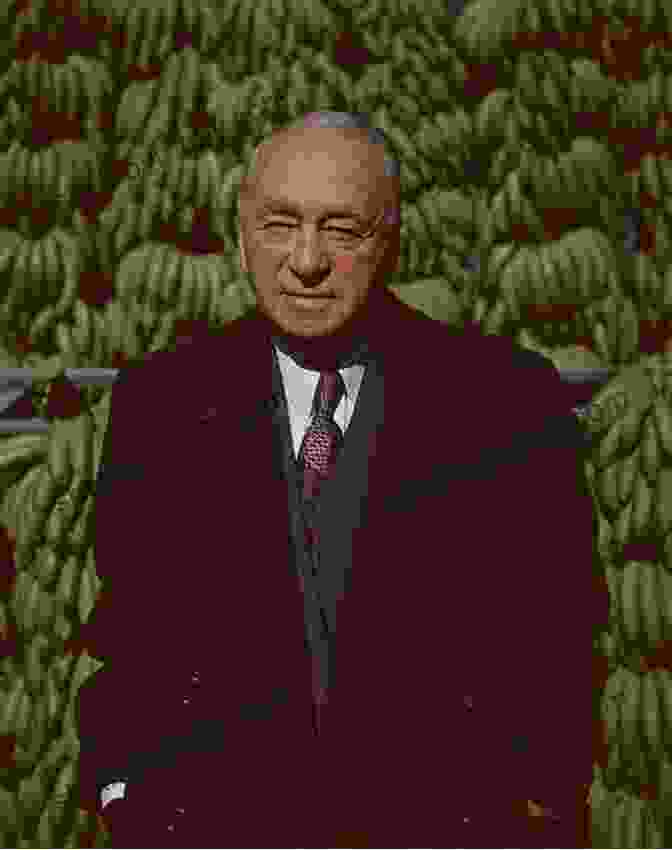
Eliot Elisofon was born in Kiev, Russia, in 1911. He emigrated to the United States with his family in 1923, and studied photography at the Clarence H. White School of Photography in New York City. In 1936, he joined the staff of Life magazine, where he worked as a photojournalist until 1972.
Elisofon was one of the most prolific and influential photojournalists of his generation. He traveled extensively throughout the world, and his photographs have appeared in numerous magazines, books, and exhibitions. He is best known for his work in Africa, which he first visited in 1942. He returned to Africa many times over the next three decades, and his photographs of the continent's people and cultures are considered to be some of the most iconic and important in the history of photography.
Elisofon died in 1973, at the age of 62. His work is now held in the collections of major museums around the world, including the Museum of Modern Art in New York City, the Smithsonian Institution in Washington, D.C., and the Victoria and Albert Museum in London.
Eliot Elisofon's Work in Africa

Elisofon's work in Africa spanned three decades and took him to every corner of the continent. He photographed the pyramids of Egypt, the bustling markets of Marrakech, the remote villages of the Sahara, and the lush rainforests of the Congo. He documented traditional ceremonies and rituals, as well as the everyday lives of ordinary people.
Elisofon's photographs are full of empathy and respect, and reveal a deep understanding of the African cultures he encountered. He was particularly interested in the continent's rich artistic traditions, and his photographs of African art are some of the most iconic and important in the history of photography.
Elisofon's work in Africa had a profound impact on the way that the continent is perceived by the rest of the world. His photographs helped to break down stereotypes and misconceptions, and to show the world the beauty and diversity of African culture.
The Legacy of Eliot Elisofon
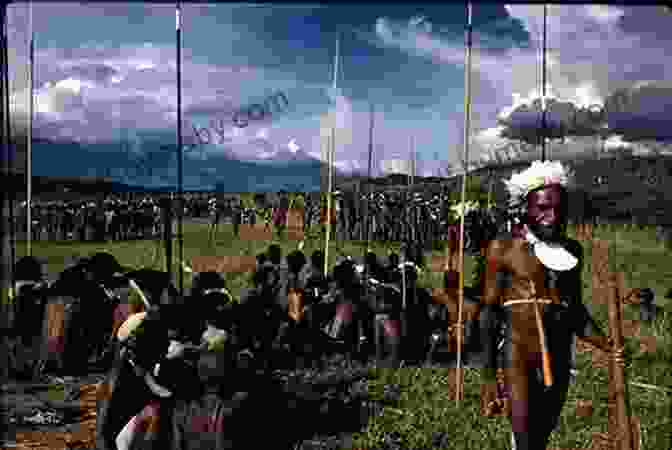
Eliot Elisofon's legacy is immense. He was one of the most important and influential photojournalists of the 20th century, and his work has had a profound impact on the way that we see the world. His photographs of Africa are some of the most iconic and important in the history of photography, and they have helped to change the way that the world perceives the continent.
Elisofon's work is a testament to the power of photography to document and interpret the world around us. His photographs are not only beautiful and evocative, but they also provide a valuable record of a time and place that is now gone. His legacy is one of empathy, understanding, and respect, and his work continues to inspire and inform people around the world.































































